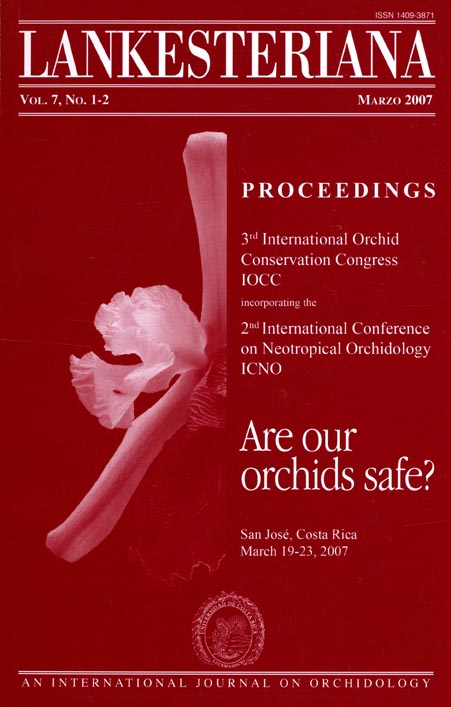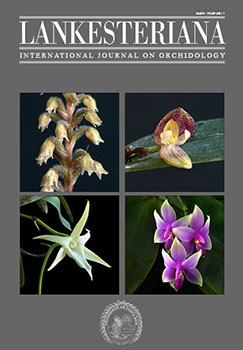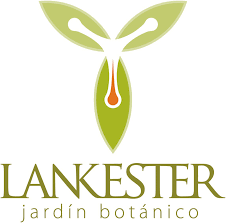Allotetraploid evolution in Dactylorhiza (Orchidaceae)
DOI:
https://doi.org/10.15517/lank.v7i1-2.19498Palabras clave:
Dactylorhiza, allopolyploidy, hybridization, ITS rDNA, gene conversion, plastid microsatellitesResumen
One of the most perplexing problems in Western European terrestrial orchid taxonomy has been how to deal with the large numbers of taxa that have been described for the allopolyploid taxa, which are the products of hybridization between taxa in the Dactylorhiza maculata (L.) Soó group and the D. incarnata (L.) Soó group.
Descargas
Descargas
Publicado
Cómo citar
Número
Sección
Licencia
Conforme con las Políticas de Acceso Abierto promovidas por la Universidad de Costa Rica, los derechos de autor de todos los artículos publicados en Lankesteriana se encuentran bajo una licencia Creative Commons y pueden ser descargados gratuitamente. Los derechos de autor y de publicación pertenecen a la revista bajo la licencia CC BY-NC-ND 3.0 CR.
Before the publication of the materials submitted by the author(s) in LANKESTERIANA, the author(s) hereby assign all rights in the article to the Lankester Botanical Garden.





